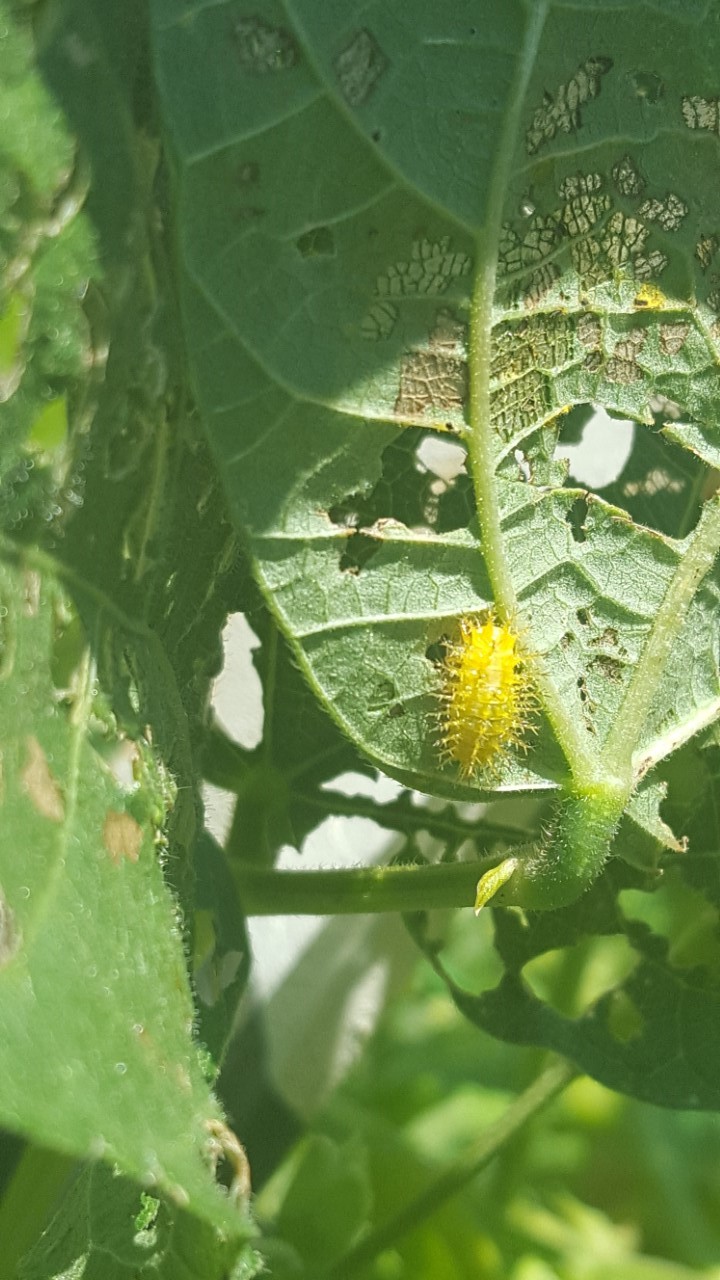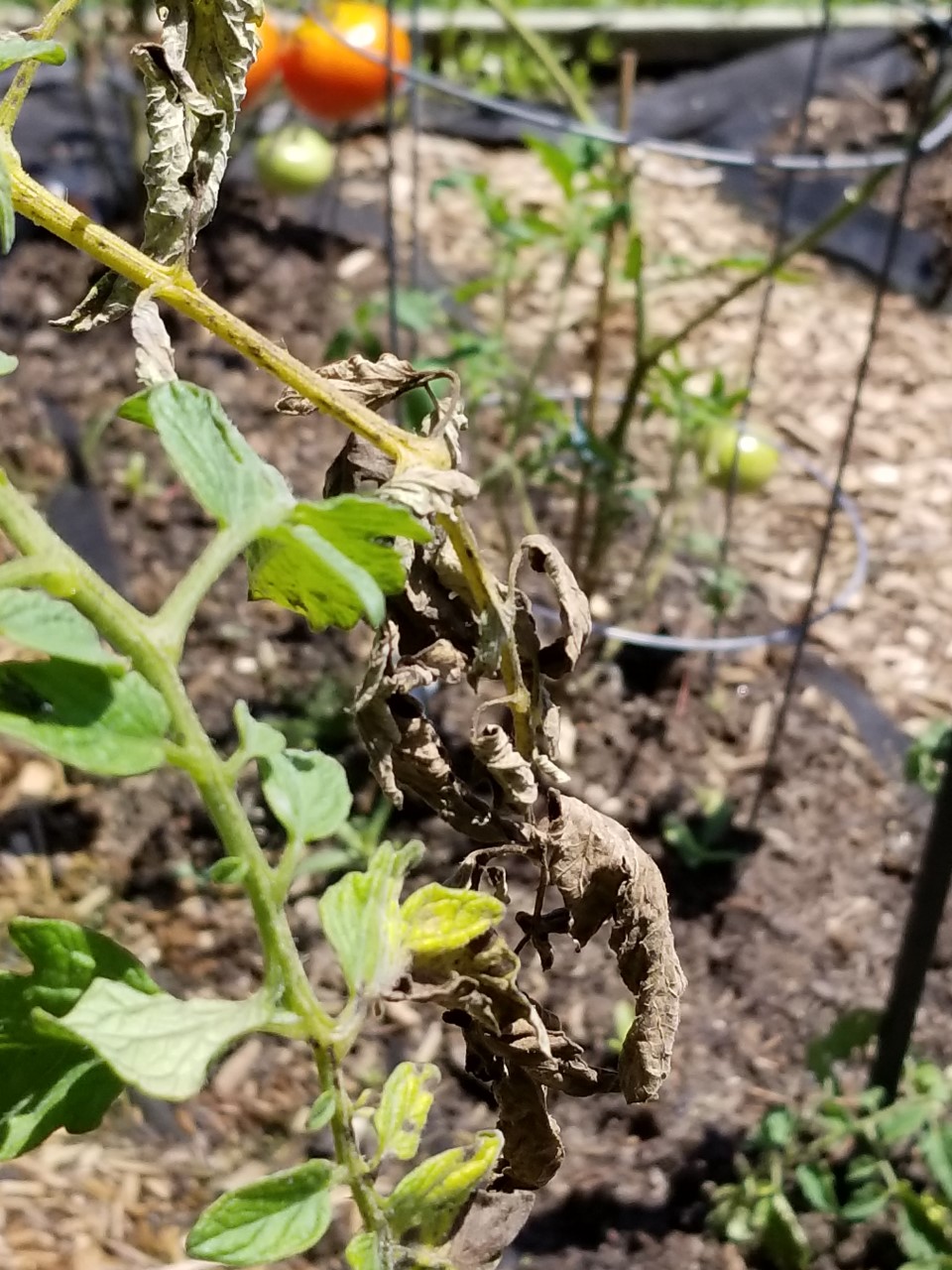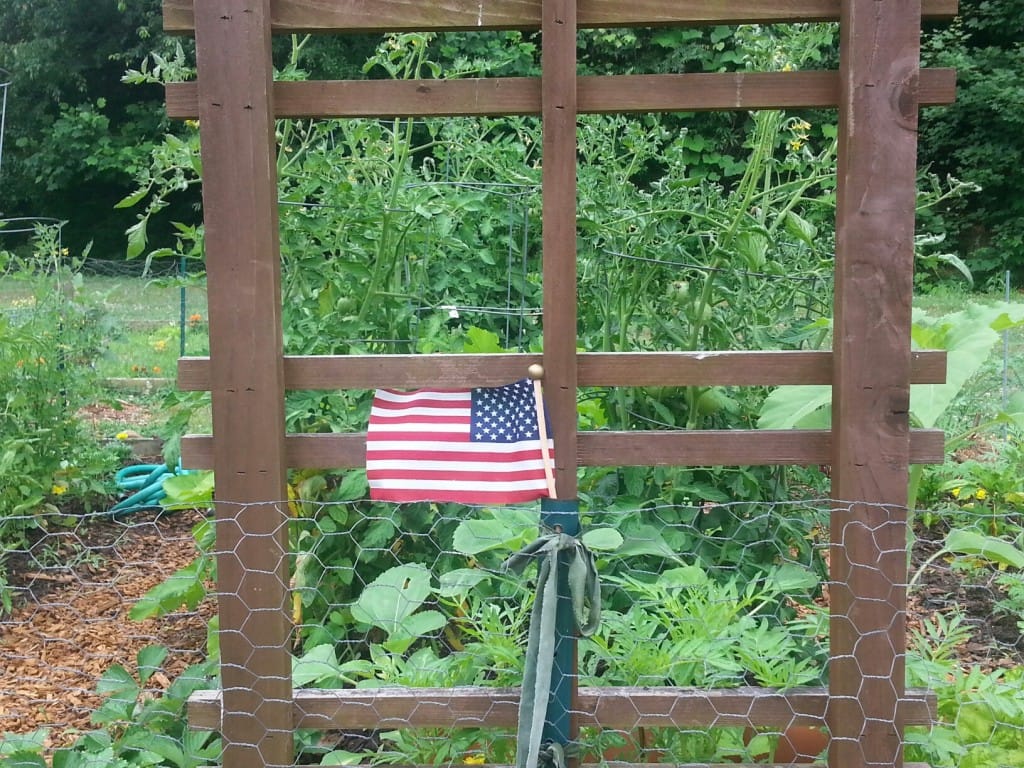Over the last several year Mexican bean beetles have been a real problem in the community garden. To complicate matters the mature beetle looks similar to our beneficial lady beetles. This short video gives you the information you need to battle this pest:
Month: July 2017
Thinking Ahead to Combat Disease in the Garden
The increase in rain this summer seems to have brought on an increase in vegetable diseases. Sharon Dowdy, a news editor for UGA, recently spoke with UGA Extension pathology specialist Elizabeth Little about the problems gardeners are seeing. Sharon writes…
Home gardeners must fight insects and diseases to keep their vegetable plants healthy and productive. Diseases are harder to identify because, unlike bugs, you can’t easily see a pathogen, says University of Georgia Cooperative Extension specialist Elizabeth Little.
“Insects can be seen on plants, but diseases are a little mysterious,” said Little, a plant pathologist with the UGA College of Agricultural and Environmental Sciences. “You can’t just look at the plant and know what’s going on.”
Georgia’s hot, muggy summers provide the perfect conditions for diseases to thrive in, she said.
The secret to fighting diseases in homegrown vegetables is to stay a few steps ahead of them, according to Little.
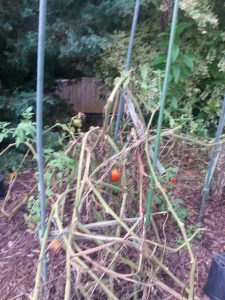
“If you wait until after you see the disease, it’s too late,” she said. “It’s all about prevention because diseases can increase very rapidly once they start.”
To fight diseases in the home garden, Little offers home gardeners these prevention tips.
- Plant in an open, sunny location with good drainage and plenty of air circulation.
- Choose disease-resistant and/or Southern-adapted varieties, if available.
- Start with healthy seeds and transplants.
- Plant summer crops, such as tomatoes and cucurbits, as early as possible.
- Rotate different crops within the garden each year if possible.
- Give plants plenty of space for good air movement. Trellis tomatoes and cucumbers.
- Limit the frequency of overhead irrigation to keep foliage dry.
- Use drip irrigation if possible.
- To help keep plants healthy, improve soil conditions with organic matter.
- Adjust pH and soil fertility based on a soil test.
- Remove old crop debris at the end of the season.
Following these practices will help home gardeners avoid most disease problems. If persistent problems occur, contact your local UGA Extension office for a correct diagnosis of the problem and a recommendation on how to treat it.
Thank you Sharon, for sharing this great advice!
Happy Gardening!
4th of July in the Community Garden
In honor of our nation’s birthday, we are looking at some vegetables that our founding fathers, and mothers, may have grown. Take notes so you can include these as you plan your future garden plots. You will have a history lesson in the garden!
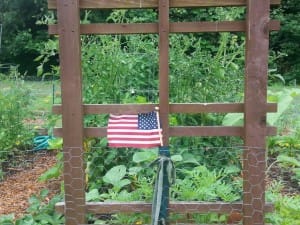
Tennis Ball Lettuce was one of Thomas Jefferson’s favorite lettuce varieties. He said “it does not require so much care and attention” as other types. The seeds were first sold in the United States in the late 18th century. During the 17th and 18th
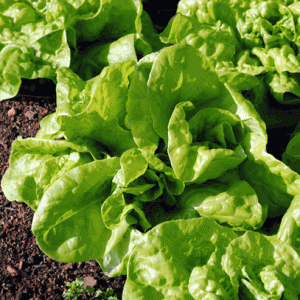
centuries it was common for gardeners to pickle the lettuce in salt brine. It is a parent of our current butterhead lettuces having light green leaves which form a small loose head. In our area sow seeds early in the spring.
Yellow Arikara Beans have a very interesting history. They were named for the Dakota Arikara tribe that Lewis and Clark met while traveling on their “Voyage of Discovery.” They were selected by Native Americans for use in the short growing season of the Northern Plains. Lewis and Clark sent some bean samples back east and they were enjoyed by Thomas Jefferson who said the bean “is one of the most excellent we have had: I have cultivated them plentifully for the table two years.” Plant these warm-season beans about 2 inches apart, 1 inch deep. Keep rows 36-49 inches apart. They are a bush type bean that is drought tolerant and can handle an early cold snap. They can be harvested for snap beans or the preferred way, letting them dry on the vine and using them for soups and stews.
Costoluto Genovese is an indeterminate Italian-type tomato with ribbing. Think of a small pumpkin-shaped tomato. Although the large amount of seeds can be a problem for some, it has great flavor in sauces or soups. Thomas Jefferson was one of the first Americans to plant tomatoes and he wrote extensively about them. These plants should be started indoors 6-8 weeks before the last spring frost. Plan for 85-90 days to maturity and they will need staking.
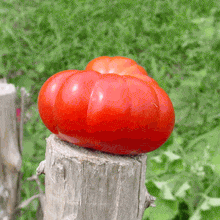
Thomas Jefferson left the most detailed farming records of any of the founding fathers. We know that colonials shared information about farming as well as plants and seeds. Martha Washington made sure fresh vegetables, fruits and berries were generously served from the Mount Vernon garden to visitors. Diaries from guests discuss the wide variety she offered. Mrs. Washington once commented “as vegetable is the best part of our living in the country.” Some of our Founding Fathers liked the garden better than others. Later in life, Benjamin Franklin gave up trying to grow much food instead visiting the local farmer’s market. This is still a great option for us today!
Information for this post came from Thomas Jefferson’s Garden and Farm Books, www.monticello.org, Seed Savers Exchange, and experience. Seeds for these plants can be ordered from a variety of heirloom seed organizations. For more information on growing any type of heirloom vegetables contact your local UGA Extension Agent.
Happy Fourth of July and Happy Gardening!
